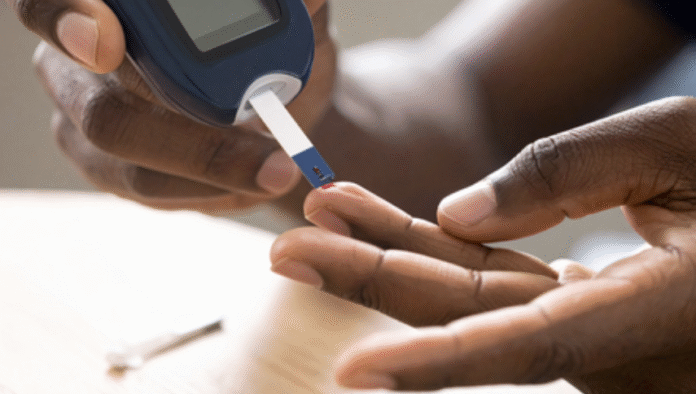NEW DELHI– Nearly half of all people living with diabetes worldwide remain undiagnosed, with young adults the least likely to know they have the condition, according to a new study published in The Lancet Diabetes & Endocrinology.
Researchers at the Institute for Health Metrics and Evaluation (IHME) at the University of Washington analyzed diabetes diagnosis, treatment, and management across 204 countries between 2000 and 2023. They found that while global detection has improved, underdiagnosis remains widespread.
In 2023, an estimated 44 percent of people aged 15 and older with diabetes were unaware of their condition — an improvement from 2000, when 53 percent went undiagnosed. But among those aged 15 to 39, the situation was particularly stark: only 26 percent had been diagnosed last year.
“Young adults are living longer with undetected diabetes, which means a higher risk of complications over their lifetime,” the researchers noted.
Lauryn Stafford, the study’s lead author, warned of the looming public health consequences. “By 2050, 1.3 billion people are expected to be living with diabetes, and if nearly half don’t know they have a serious and potentially deadly health condition, it could easily become a silent epidemic,” Stafford said.
The study also revealed major gaps in treatment effectiveness. While 91 percent of those diagnosed were receiving some form of medication, only 42 percent had their blood sugar optimally controlled. That means just 21 percent of all people with diabetes globally had their condition under proper management.
Regional disparities remain sharp. High-income North America recorded the highest diagnosis rates, while the Asia-Pacific region showed the strongest treatment coverage. Southern Latin America led in effective blood sugar management. By contrast, in Central sub-Saharan Africa, fewer than 20 percent of people with diabetes were even aware of their illness.
The findings highlight the urgent need for wider screening programs targeting younger populations, along with expanded access to medications and glucose-monitoring tools in underserved areas, the study concluded. (Source: IANS)













